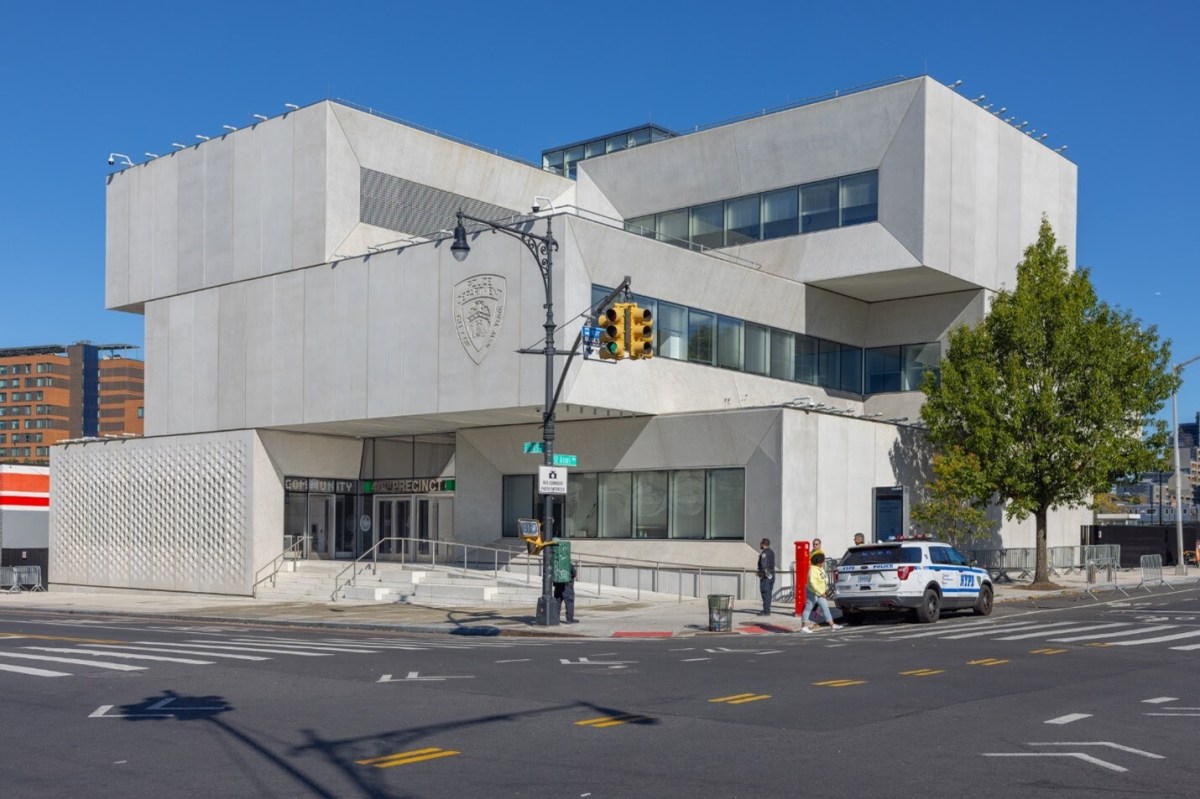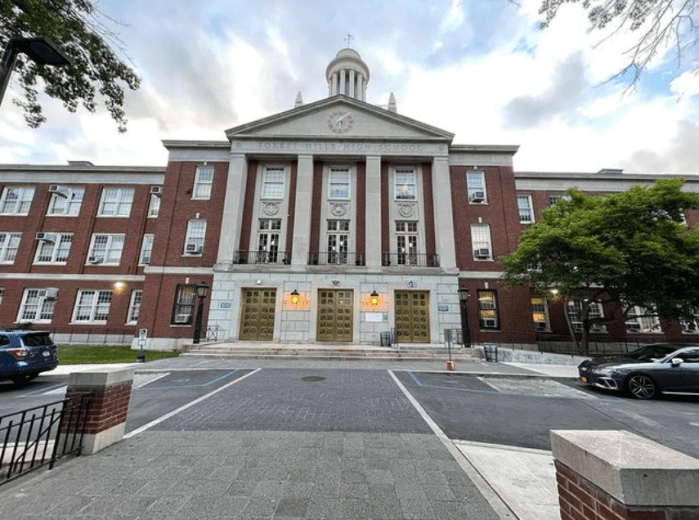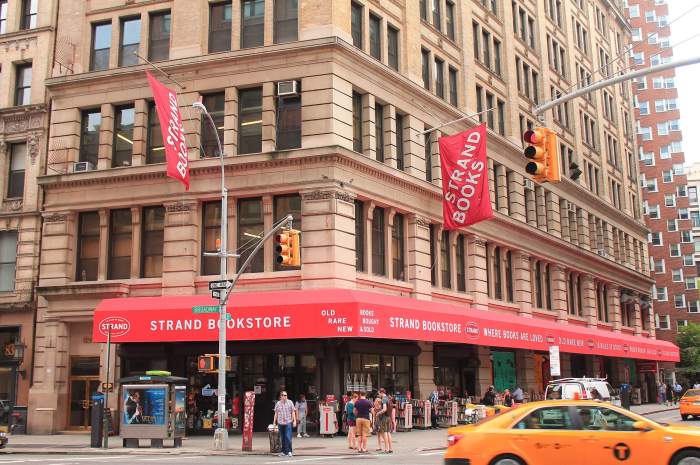
They come looking for a better life, but as immigrants reach their golden years that life gets more and more difficult to afford.
Nearly half the city’s senior population in 2015 was foreign born, an almost 12 percentage-point jump from 2000, according to a report to be released Thursday by the Center for an Urban Future. Foreign-born seniors are poised to make up the majority of New York elders by 2020, and the think tank said those immigrants face a huge economic crisis.
Twenty-two percent of them are living in poverty, compared to 15 percent of native-born senior New Yorkers.
Christian Gonzalez-Rivera, the author of the study, said the city needs to take a serious look at improving the services that aid this community.
“You can’t talk about the senior population without talking about the immigrants,” he said.
Every borough except for Manhattan saw double-digit increases in the percentage of seniors born outside the United States between 2010 and 2015, according to the report, which used U.S. Census data. Roughly 68 percent of immigrants are residing in Brooklyn and Queens, including Sheepshead Bay, which has become an immigrant majority neighborhood, according to Gonzalez-Rivera.
Unlike native-born city seniors, immigrants rarely leave New York due to the strong connections with communities where their language and culture are shared, he said. But the costs of living in the city are fiercely burdensome.
The median income of city immigrant seniors is $10,800, about $10,000 less than their native-born counterparts. Immigrants from the former Soviet Union, the Dominican Republic and Mexico were the senior populations with the highest rates of poverty, according to Gonzalez-Rivera.
The language barrier is the biggest factor in the disparity, he said. Also, many senior immigrants are ineligible for social security since they either worked off the books or didn’t accrue the 10-year-minimum work requirement for benefits. About 33 percent of senior city immigrants do not receive Social Security benefits, compared to 17 percent of native-born seniors, according to the report.
The report concluded that in order to address the problem, more funding and assistance were required from the city’s Department for the Aging. Although the office’s budget is $330 million, it only saw a 5 percent increase from 2008, according to the report. Mayor Bill de Blasio’s current budget proposal for the next fiscal year shows no change in funding.
Bobbie Sackman, the associate executive director of public policy for the nonprofit senior rights group LiveOn NY, said senior centers and other programs desperately need the additional dollars. LiveOn NY has urged the city to add an additional $60.6 million to address the needs of seniors, especially immigrants.
“They don’t have a lot of staff,” she said, referring to senior centers. “They are on the front line and do the outreach, but it’s going to be limited. You get what you pay for.”
A City Hall spokesman said the administration is committed to making right the inequities that exist in caring for city seniors and immigrants.
“We look forward to reviewing this report as we work to build a more fair and just city,” he said in a statement.
































